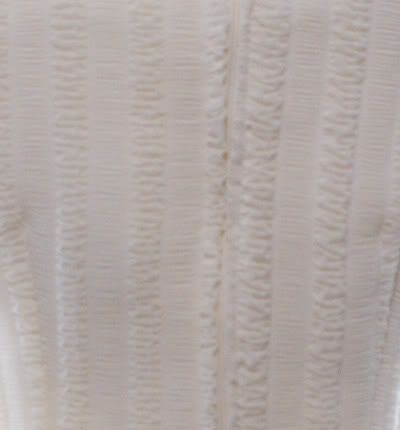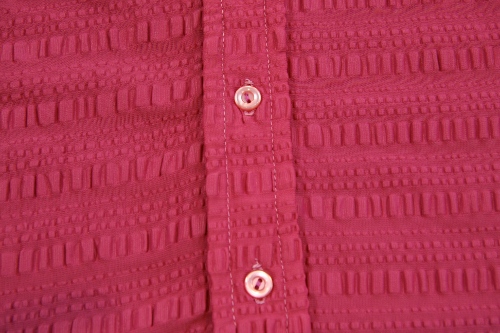chanellabelle
Registered Guest
This is a sixties dress from my mom which she wore during her second holy commune (is that the English word for this Roman Catholic ritual?) when she was 15/16 years old. At least that's how old she looks in the picture. She's on vacation so I can't ask her how old she actually was; I'll give her a call this evening.
She said she doesn't know what type of fabric it is, it was custom made for her. Does anyone have an idea? Thanks!
She said she doesn't know what type of fabric it is, it was custom made for her. Does anyone have an idea? Thanks!

 perhaps them hem has been folded under more than once which is why is is heavier? or does it have a thick ribbon in it? (that strip over the inside of the hem does anyone know what it is called? finishing ribbon?)
perhaps them hem has been folded under more than once which is why is is heavier? or does it have a thick ribbon in it? (that strip over the inside of the hem does anyone know what it is called? finishing ribbon?)

